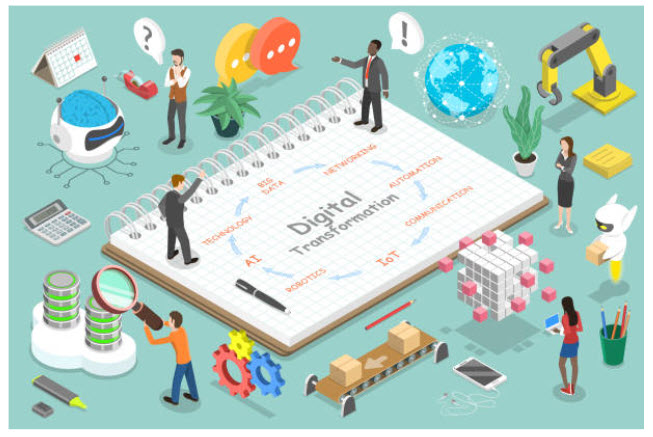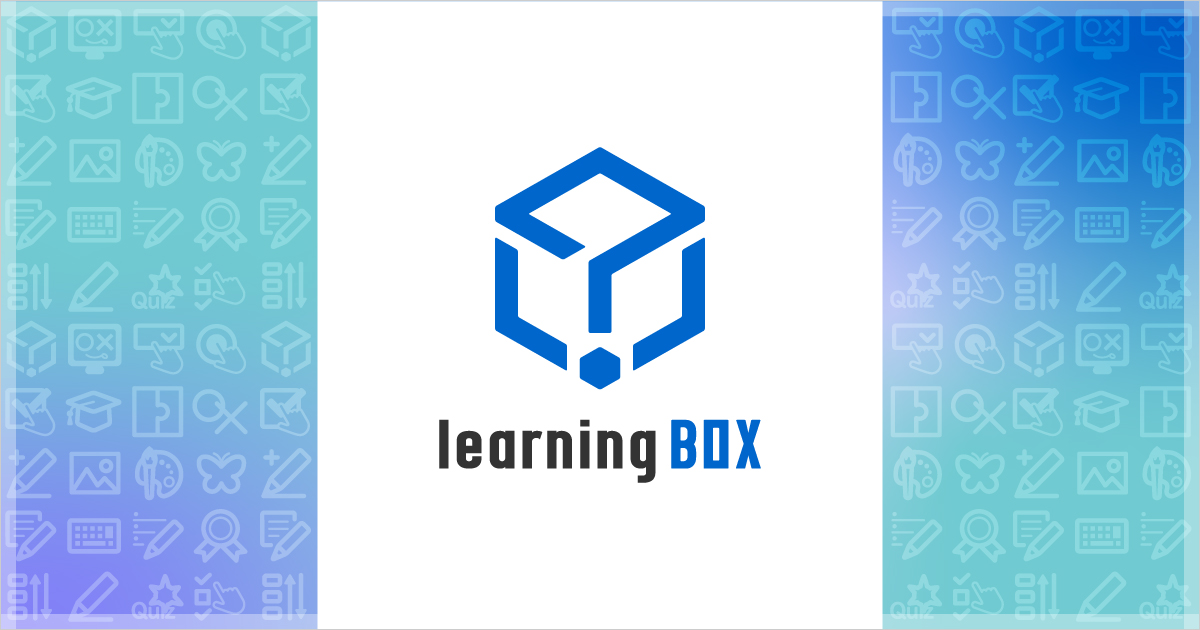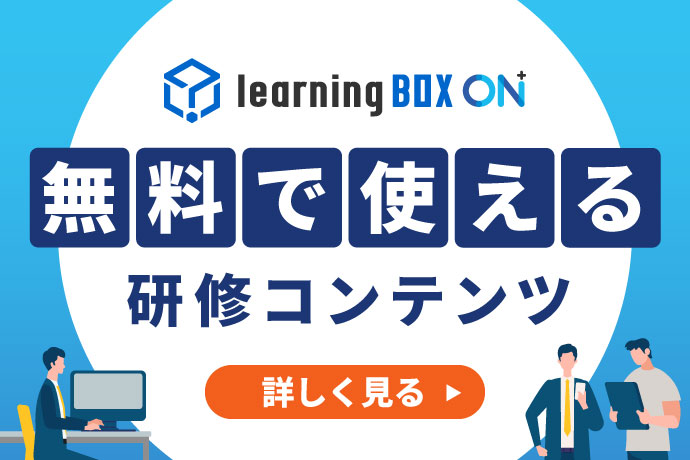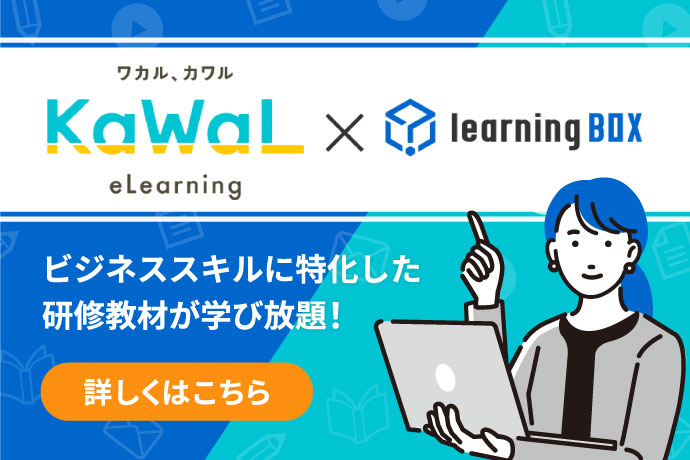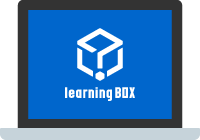Boost Employee Engagement Through In-house Training

Human resource development is indispensable for high market share strategy. As an executive or HR professional, some may be looking for effective in-house training to boost employee engagement.
This article includes the purpose and types of training as well as specific process and tips, and will be a big help for those who are looking for successful methods on in-house training.
Purpose of in-house training

The purpose of in-house training is to achieve company goals by increasing sales, expanding services and more. Needless to say, improving employee engagement and team bonding cannot be ignored for success, and there are some more effective tips for your objectives.
Before you start the process, clarify your purpose for employee training. Below are representative examples for training goals.
Improve employee skills
Improving skills of each employee leads to further productivity, which will promote company profit as a whole in the future.
As examples of employee skills, there are presentation skills, logical thinking skills, management skills and so on. In-house training helps to develop human resources by improving these skills, and to acquire certifications which are applied to individual jobs.
If you have difficulties in implementing in-house training for the reasons of specialized content and the volume of information, outsourcing will be one of your choices.
Strengthen team bonding
In-house training has a role in strengthening team bonding as well. Sharing your corporate and management philosophy makes them create a climate in which they can work toward the same goals.
These essentials for their organization encourage employees’ voluntary actions that will lead to higher results. Convey the company history and background of the philosophy so that each employee can get on the same road.
Build your business credibility
One of the purposes of in-house training is to enhance business credibility.
As a member of society, it is required to have general common sense and business manners.
Lack of these elements in business can cause loss of credibility as a company or organization. In the worst case, it could result in poor performance and decline in sales.
In order to create external trust, in-house training plays an important role to enhance employees basic knowledge in business. In particular, special efforts are required to new graduates and new hires before starting their duties at a workplace.
Risk avoidance
In-house training can also help avoid some management risks. While there are a variety of management risks, in-house training is particularly effective as a way to avoid human risks such as information leaks and various types of harassment.
Actual examples will make more impression on them as they imagine the situation and the risks. What would happen to customers, employees, organization and more? Raise crisis management awareness through in-house training.
Back to ContentsTypes of in-house training

In-house training has several types of methods. Depending on the level and target audience of the participants, select the most appropriate one to achieve your goals. What do you want them to acquire? Practical knowledge or business manners?
For effective training, it is important to understand accurate knowledge of training methods. We describe three kinds of methods including OJT (on-the-job training) and group training.
OJT (on-the-job training)
OJT (on-thejob training) is one of the major in-house training methods for new hires or those with no experience in the industry, in which they gain experience by actual work under a supervisor or senior staff member. Starting with simple tasks, employees are gradually taught more complex and time-consuming tasks to encourage growth.
Through this method, it is expected to enhance immediate engagement in the field. However, each growth may vary depending on the department to which they are assigned and the person in charge of training them.
While it is adopted by many companies, there are some cases that new hires are assigned only simple tasks due to the busy duties of trainers. Such disadvantages may cause lowering productivity levels and require additional training time.
Group training
Group training is one of the most effective methods of training for business manners and skills. In general, this is implemented in a meeting room of a company or another venue, and trainees are able to learn essential skills with other members. This will be a valuable factor to motivate them in the same environment.
If your company has multiple branches, the implementation of group training will be a great opportunity to communicate with each member in a different workplace.
In terms of group training, there are two categories: in-house and outsourced training. The advantage of the former training is direct communication with company employees. This means the most important component of the company, that is, corporate and management philosophies, are conveyed directly to trainees.
Also, it can reduce costs for outsourcing instructors and travel expenses when it is implemented at a workplace. On the other hand, the training program tends to be stuck in the company culture and there may be a difficulty to develop a broad perspective.
Outsourced training is particularly effective for improving business manners, acquiring qualifications, and enhancing skills. Inviting instructors will help you learn fresh ideas and specialized knowledge and skills instead of the cost.
Self-study
Self-study, in which reference books and other materials are given to employees to encourage their own study, is also a useful training method. The content can range from acquiring qualifications and skills to understanding management philosophy. A trainer needs to prepare for handouts including choosing, making or printing materials. All should be well-prepared in advance for this method.
Since self-study depends on the motivation of each individual, the level of understanding may possibly vary.
Back to ContentsHow to promote in-house training

When implementing in-house training, keep in mind that employee training is not just a learning opportunity. Needless to say, you should make your program well-organized for your objectives ,and a specific process is required to enhance engagement.
Clarifying the purpose of your training before implementing it, and schedule the concrete process.
The following explains how to proceed with in-house training.
1. Define training goals
What are the existing challenges in your organization? What do you want trainees to be like after the training? Narrowing down the elements will make you clarify the bottom line of the training.
It is important to take a bird’s-eye view. A comprehensive perspective is absolutely needed not only from the educator's point of view, but also by asking the participants, supervisors and subordinates.
Through these steps, you will find the concrete methods spontaneously including when, where and how.
2. Determine training schedule
Next step is scheduling. Take into account the internal preparation period, the schedule of an instructor and the level of proficiency.
It is important to note that in some cases, depending on the nature of the education, learning may not be completed in a single opportunity. For example, in the case of OJT, medium- to long-term training is assumed. Depending on the content of the education, flexible scheduling is required.
3. Decide the training method
As written above, there are various training methods. Each of them has pros and cons, and ascertain the most appropriate one that meets your needs.
It is not always necessary to utilize only one method, in other words, you can combine several methods. For instance, it will be effective to implement OJT after group training. Since challenges and objectives depend on each organization, make it clear what is necessary through the steps introduced above.
Back to ContentsTraining follow-up

It is difficult to retain what you have learned after hearing a story once. As pointed out in the "Ebbinghaus Forgetting Curve" proposed by German psychologist Hermann Ebbinghaus, memory fades over time.
Therefore, periodic checks should be made to ensure trainees’ understanding. Here are some tips for training follow-up.
Feedback loops
To enhance or amplify changes, feedback loops are recommended. They refer to the process of cause-effect sequences for improvement.
Specifically, the flow of "receiving feedback on learning, discovering issues for oneself, thinking about what needs to be changed to solve the issues, and then actually putting the thought into action" will be repeated. By repeating the cycle over and over again, the educational content will be more firmly established.
Create an action plan
Another example for effective follow-up is creating an action plan. It includes specific items for your goals, and trainees can evaluate their progress by themselves after implementing the process.
The advantage is that trainees themselves take the initiative. Using this plan, they can easily and objectively analyze how much they have improved their performance and skills. Regardless of the advantages, there are also disadvantages. Namely, the process of checking and evaluating the content can be an additional burden on trainers.
Questionnaires and confirmation test
Take advantage of questionnaires and confirmation tests as a way of training follow-up so that you can assess trainees’ comprehension and gather data for better training. Questionnaires will be a big help to understand their opinions towards training, and the latter enables you to evaluate how much training affects their performance.
Back to ContentsTips for meaningful in-house training

How do you make your in-house training meaningful? Not only to select appropriate methods, but also to encourage employee commitment is one of the triggers.
Below are three tips for meaningful employee training.
Explain the necessity of training
Make an effort to tell trainees the necessity or effectiveness of the training. Knowing the positive aspects, it will result in their higher engagement at a workplace.
Rather than informing the outline of the training, specific processes and goals will affect their engagement and performance after the implementation. Explain why they are taking the training course, what is expected to them, what kinds of positive aspects will be waiting for them, etc., which will motivate them as a result.
By making every learning experience personal, participants will have a clearer idea of how to apply what they learn to their daily work.
Create a positive environment
When implementing in-house training, try to create a positive environment so that trainees can take part in the program with active participation.
It is important to pay attention to the atmosphere and make efforts not to leave any of the participants behind. In order to prevent the risk, group discussion and workshops will be effective.
Introduce an e-learning system
More companies are introducing e-learning for in-house training. This is because it allows trainees to take various programs with their own devices such as smartphones and laptops at any time from any location. When it comes to the learning experiences, the repetitive feature contributes to deeper understanding.
Some e-learning systems have functions to implement tests. Implementing the system is effective not only for training programs, but training follow-up.
If you are thinking of introducing e-learning, compare features and costs of each service, and select one that meets your objectives and budget.
Back to ContentsPromote effective in-house training
Many companies and HR professionals are looking for effective training to boost employee engagement because a highly engaged workforce will directly connect an organization’s productivity and profitability.
The introduction of e-learning is effective for knowledge retention and follow-up through in-house training. Among them, the " learningBOXis an e-learning system with all the functions essential for in-house training.
It enables you to develop learning content and track each user’s grade.Courses can be designed in accordance with in-house training content, and tests can be easily administered to check employee proficiency.
If you are interested in e-learning or digital learning for in-house training, here are informative tips for you. Feel free to download Free brochure.
▼You may also like:
Back to Contents Back to Article List


